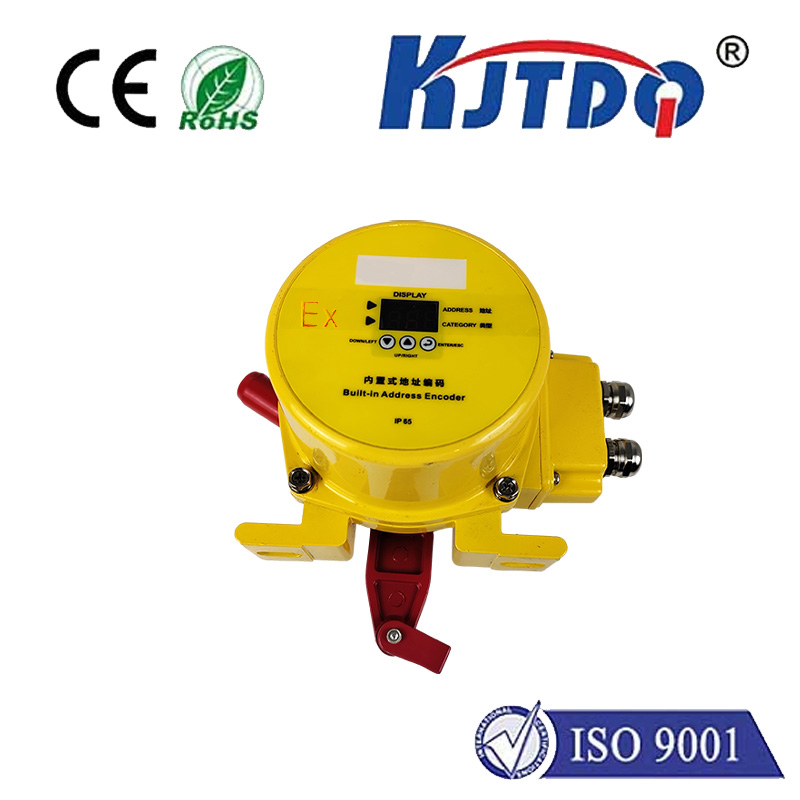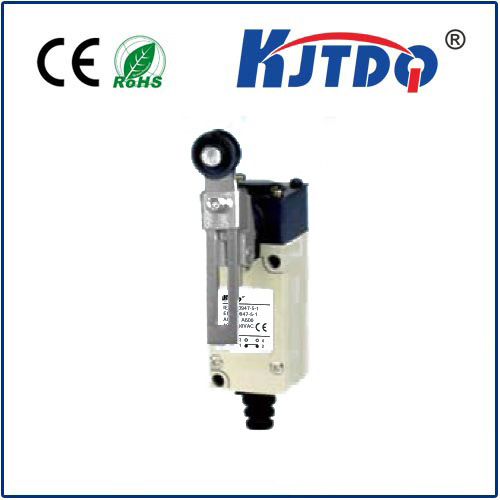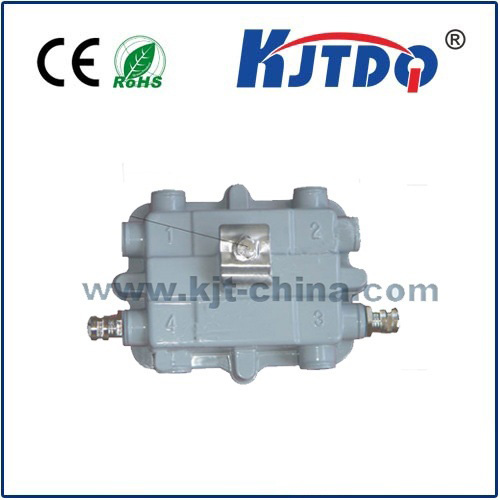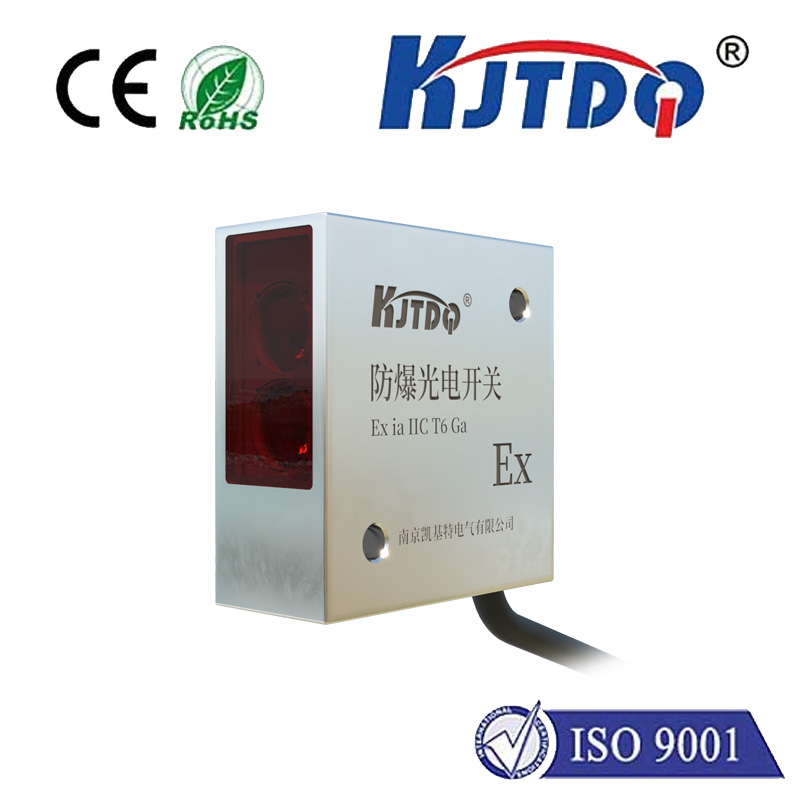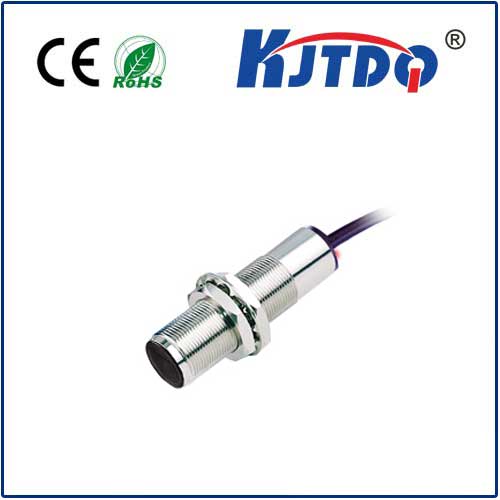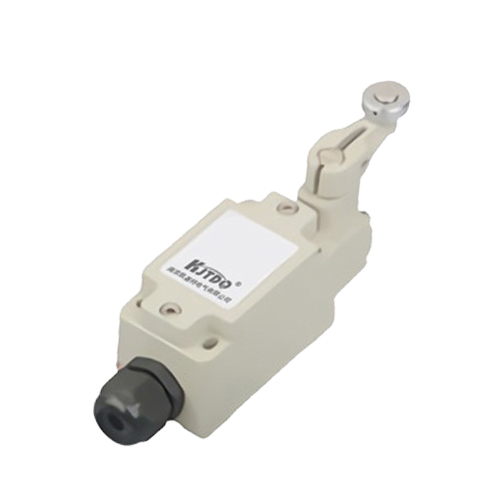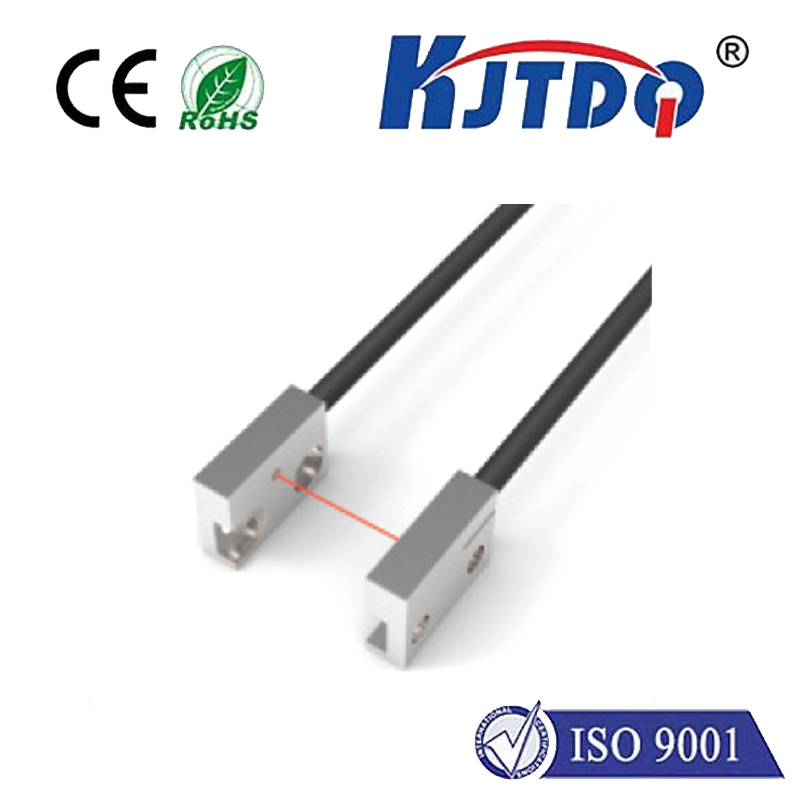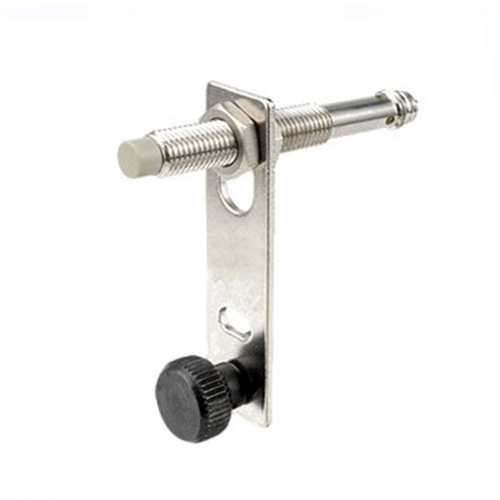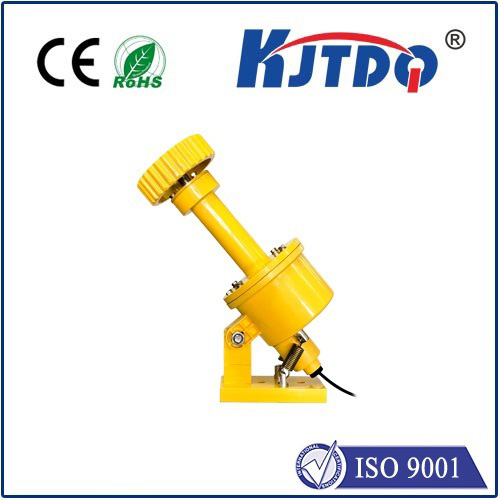omron m8 proximity sensor
- time:2025-07-15 08:54:06
- Click:0
Omron M8 Proximity Sensors: Precision Detection Powerhouse for Industrial Automation
Imagine a factory humming with relentless activity. Robotic arms weld with uncanny precision, conveyor belts snake tirelessly, and presses stamp metal parts at dizzying speeds. Beneath this orchestrated chaos, countless unsung heroes work silently to ensure safety, precision, and efficiency. Among the most vital of these frontline components are proximity sensors – the electronic “eyes” of automation. And when reliability, durability, and pinpoint accuracy are non-negotiable, the Omron M8 proximity sensor frequently emerges as the component of choice. This robust cylindrical sensor embodies Omron’s legacy of quality engineering, offering dependable non-contact detection solutions crucial for modern manufacturing, packaging, and material handling systems.
Understanding the M8 Form Factor
The “M8” designation refers specifically to the sensor’s compact threaded barrel diameter – 8 millimeters. This standardized size makes the Omron M8 sensor series incredibly versatile and easy to integrate into tight spaces or existing M8 mounting holes found commonly across machinery. Despite their relatively small stature, these sensors pack a significant punch in terms of performance and ruggedness, making them ideal for demanding industrial automation environments where space is at a premium but reliability is paramount.
Core Technology: Inductive Sensing
The vast majority of Omron M8 proximity sensors operate on the principle of inductive detection. This means they generate a high-frequency electromagnetic field from their sensing face. When a metallic target (typically ferrous metals like steel or iron, though non-ferrous metals are also detectable at reduced ranges) enters this field, it induces eddy currents within the metal. The sensor detects this change in the oscillation amplitude or frequency, triggering its output switch – completely without physical contact. This contactless operation is key to their longevity and reliability, eliminating mechanical wear and tear associated with switches or limit contacts.
Engineered for the Industrial Grind
What truly sets the Omron M8 sensor apart is its exceptional build quality tailored for challenging applications:
- Robust Construction: Housed in a resilient stainless steel barrel (commonly AISI 303), these sensors resist corrosion, impacts, vibration, and accidental knocks far better than plastic-bodied alternatives. This translates directly to reduced downtime and maintenance costs.
- Environmental Sealing: Achieving ratings like IP67 (dust-tight and protected against immersion in water up to 1m for 30 minutes) or even IP69K (resistant to high-pressure, high-temperature washdowns) ensures the Omron M8 sensor thrives in environments plagued by coolant, oil, metal chips, dust, or rigorous cleaning protocols.
- Exceptional Electrical Performance: Features like gold-plated contacts minimize contact resistance and prevent oxidation, guaranteeing stable electrical connections over the long haul. Overcurrent protection and reverse polarity protection safeguard the sensor against common wiring mistakes or electrical surges. Short-circuit protection adds another layer of resilience.
- Stable Sensing Performance: Omron integrates advanced oscillation circuits and temperature compensation technologies. This ensures consistent and reliable detection performance across wide operating temperature ranges (typically -25°C to +70°C) and varying voltage conditions, minimizing false triggers due to environmental drift.
Diverse Options for Precise Solutions
The Omron M8 proximity sensor range isn’t monolithic. Understanding the variations helps select the perfect fit:
- Sensing Distance: Standard models offer dependable detection ranges like 1mm, 1.5mm, or 2mm (Sn). Choosing the appropriate range optimizes mounting flexibility and avoids interference issues.
- Output Configuration: A critical choice exists between NPN (sourcing) and PNP (sinking) transistor outputs (often both NO - Normally Open and NC - Normally Closed variants are available), as well as 3-wire DC models vs. the less common AC/DC (2-wire) variants. Matching the output type to the control system (PLC input card type) is essential.
- Connection Style: Options include standard pre-wired cables (various lengths) for direct connection and quick-disconnect connectors (like the popular M8 Connector type). Quick-disconnects drastically simplify sensor replacement and maintenance.
- Shielded vs. Unshielded: Shielded (Flush Mountable) sensors can be mounted flush in metal, focusing their sensing field forward. Unshielded (Non-flush Mountable) sensors have a longer sensing range but require an installation recess in metal to avoid interference from the mounting nut. Choosing correctly is vital for optimal performance in metallic environments.
Omron M8 Sensors: Where They Shine (Key Applications)
The ruggedness, precision, and compactness of the Omron M8 proximity sensor make it ubiquitous:
- Position Verification: Detecting the presence/absence of pistons in cylinders, confirming part seating in fixtures or clamps, verifying machine guard closure.
- End-of-Travel Sensing: Precisely signaling when a linear actuator, slide, or conveyor has reached its designated start or end position.
- Simple Counting: Monitoring the passage of metallic objects on conveyors or through chutes for basic inventory tracking or process control.
- Speed Monitoring: Detecting the teeth of a rotating gear or a notch on a shaft to calculate RPM.
- Machine Safety: Confirming safety doors are closed before potentially hazardous machine cycles begin.
- Transfer Lines & Robotics: Used extensively in automated assembly, welding, and material transfer systems for part detection and positional feedback.
Selecting the Right Omron M8: Key Considerations
Ensure optimal performance by addressing these factors during selection:
- Target Material: Confirm the sensor’s specifications match the metal you need to detect (steel, aluminum, brass, etc.).
- Required Sensing Distance (Sn): Choose based on mounting constraints and necessary detection gap.
- Operating Environment: Prioritize IP67/IP69K ratings for wet, dirty, or washdown areas. AISI 303 stainless steel is generally preferred for harsh conditions.
- Power Supply & Output Type: Match the sensor’s voltage range (e.g., 10-30V DC) and output type (NPN or PNP, NO or NC) precisely to your PLC or controller inputs.
- Connector Preference: Decide between fixed cables or the convenience of quick-disconnect M8 connectors for maintenance.
The Omron M8 proximity sensor represents far more than just a small cylinder of metal and electronics. It embodies a commitment to precision engineering, unwavering reliability, and resilience under pressure. Its compact M8 form factor belies its immense contribution to the smooth, safe, and efficient operation of countless automated systems worldwide. By understanding its technology, robust features, diverse configurations, and ideal applications, engineers and maintenance personnel can leverage the Omron M8 sensor as a fundamental building block for creating robust, high-performance automation solutions that stand the test of time. It’s a proven workhorse, quietly enabling the precision and efficiency demanded by modern industry.











